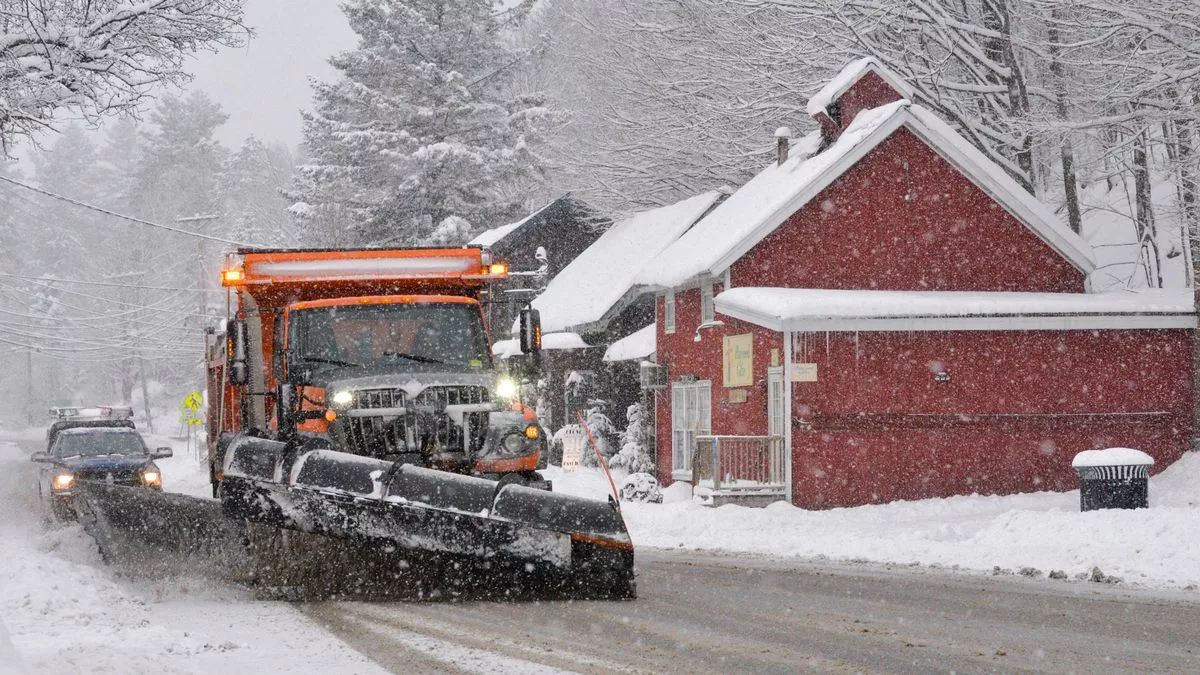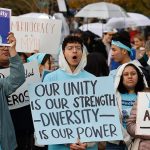This year, much of the United States will not experience a traditional snowy Christmas. According to the National Weather Service, while parts of the Rocky Mountains, Minnesota, Wisconsin, and areas close to the Canadian border may see snow, the majority of the country will have a “green and brown grass” Christmas. This is a departure from the snowy scenes often depicted in classic holiday songs like “White Christmas,” as many regions will have little to no snow on the ground by Christmas Day.
In some areas, the weather will bring snow showers just before Christmas. For example, parts of the Northeast, including Plattsburgh, New York, and Glens Falls, are forecast to have a 40% to 50% chance of snow showers on Christmas Eve. However, this snow will likely occur during the day, not at night, when many people are celebrating. Buffalo, known for its heavy snow, is expected to receive snow on Monday night and Tuesday morning, but this is likely to turn into rain, leaving Christmas Eve cloudy.

The weather also impacts Christmas Eve plans for places like Rochester, New York, where there is a 30% chance of snow showers before 7 p.m. This could even occur as Santa makes his rounds, adding a touch of holiday magic for residents. Despite the varied forecasts across the country, those in many regions will still experience a snow-free holiday season, leaving some areas to wait for snow until next year.
While snow may be scarce, millions of people were expected to travel for Christmas and Hanukkah, with the Transportation Security Administration (TSA) forecasting heavy air traffic in the days leading up to the holidays. Friday and Saturday were expected to be the busiest days for air travel, and the TSA reported 2.6 million passengers had flown by Thursday, marking a significant surge in travelers. This reflects the typical holiday rush as people head to spend the holidays with family and friends.
The American Automobile Association (AAA) also predicted a record-breaking number of travelers this year, estimating that 119 million people would travel in the U.S. from Saturday to January 1. This marks a slight increase from the previous record in 2019. The majority of these travelers, about 90%, are expected to drive, highlighting the enduring popularity of road trips during the holiday season.


